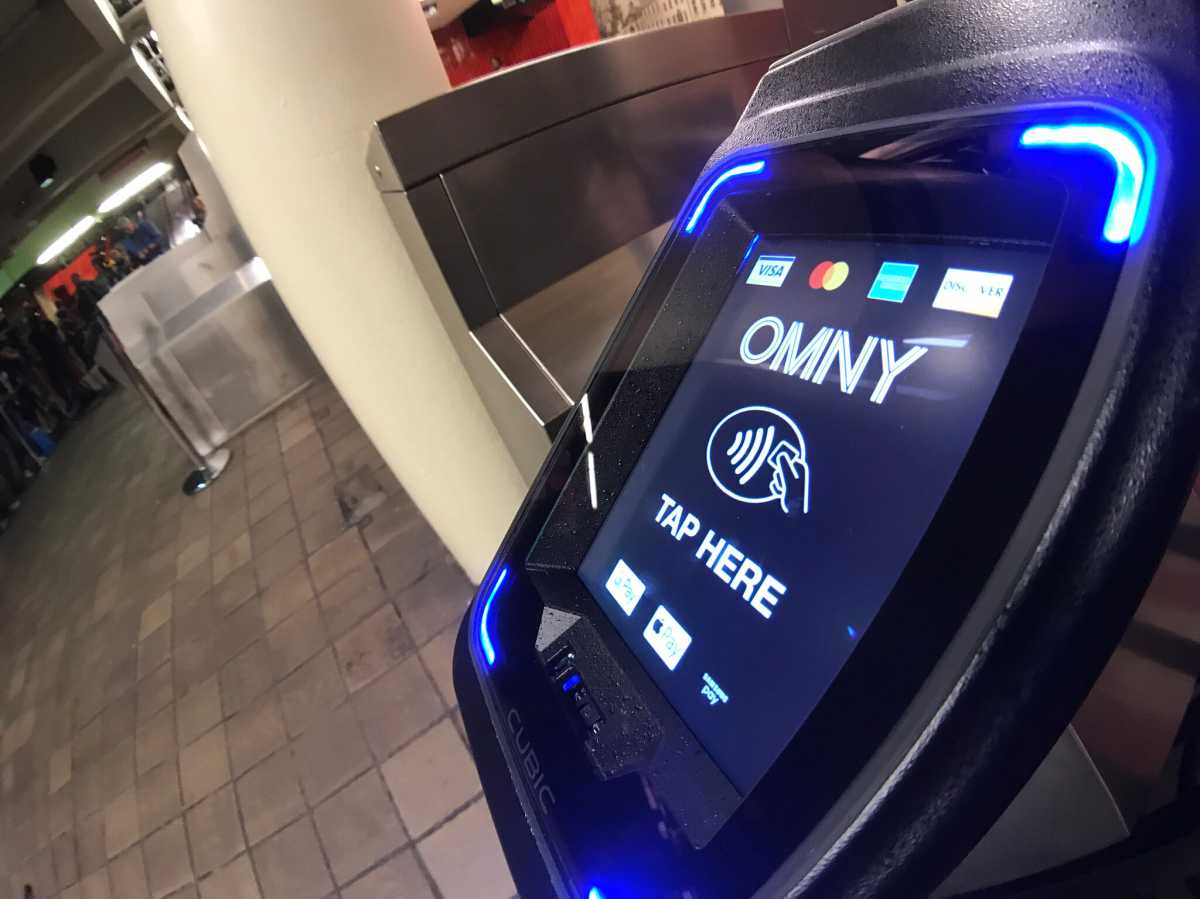One of the most important and yet confusing decisions facing our borough’s seniors is choosing from 14 prescription drug plans to replace Medicare’s drug plan.
Q. By what day do I have to switch?
A. Starting Jan. 1, 2006, all seniors who switched prescription plans to Medicare Part D before the new year will begin receiving their drugs through the new system. Seniors who have not signed up for one of the 14 choices to replace Medicare under the Medicare Prescription Drug, Improvement and Modernization Act (MMA) of 2003 must do so by May 2006, or pay extra charges. For every month after May that seniors do not sign up for a plan, they can add 1 percent to their premium.
Q. Am I eligible for a Medicare prescription plan?
A. With Medicare Part D, all those who are eligible for Medicare medical coverage - regardless of age and income – can sign up for a Medicare prescription drug plan as well. But people who had Medicare prescription coverage before the switch get the first opportunity to sign up for the new plans.
Q. Do I have to switch plans?
A. If you are currently enrolled in a Medicaid prescription plan, you do not have to switch services because you will be or have been assigned to a Medicare Prescription Drug Plan by the state. You should check, however, that you are in a drug plan that suits your needs. If you were enrolled in the Medicare prescription plan, your drug plan will no longer work after May 2006. Seniors should pick a plan that includes the prescription drugs that they use most and best fits into their budget.
Q. What are the Medicare Drug Plans to choose from?
A. Medicare drug plans will be offered by insurance companies and other private companies approved by Medicare. There are two types of plans: Ones that are separate from medical coverage and ones that are combined with healthcare (through an HMO, PPO, or PFFS plan). Pick a plan that best suits your needs.
Q. Will brand name drugs be covered?
A. Depending on the prescription plan, brand name drugs may or may not be covered, but on many plans they are covered. Check with your new plan to make sure that the brand name drugs that you use are covered before you enroll.
Q. If I have limited resources, can I get government help to pay for my drugs?
A. One in three people will receive extra help to pay for their prescription drugs, according to he Official U.S. Government Site for People with Medicare. If you qualify, you will get help paying for your Medicare drug plan’s monthly premium, and for some of the costs you would normally pay for your prescriptions. The amount of extra help you get will be based on your income and resources.
Q. How much will it cost?
A. With many of the new plans, enrollees will pay a monthly charge of about $37. After forking over a $250 deductible (the first $250 of drug costs for the year), people will have to pay about 25 percent of their drug costs until they have paid a total of $2,250. Generally, people have to pay 100 percent of their drug costs when the amount is between $2,250 and $2,850. When the amount reaches $2,850 the plan beneficiaries then only have to pick up 5 percent of the cost of drugs after that. Drugs that cost over $850 monthly will be equal to the amount spent to have a plan that costs $37.50 monthly.
Q. How and when can I enroll?
A. You should enroll in the new drug plan before May 15, 2006 if you do not wish to be charged extra. To enroll or get more information about the various plans, go online to www.medicare.gov, call your old prescription plan or call 1-800-MEDICARE and Medicare will help you enroll.
Q. Can I switch plans after I enroll?
A. If you enroll by the cut off date in May 2006, you can switch plans between November 15 and December 31, the open enrollment time every year.
Q. Can I still use Medicare-approved drug discount cards?
A. These cards were issued to help people pay for prescriptions before Medicare Part D took effect, so you can only use the cards until you sign up for a plan or until May 15, 2006, whichever comes first.
Source: The Official U.S. Government Site for People with Medicare































